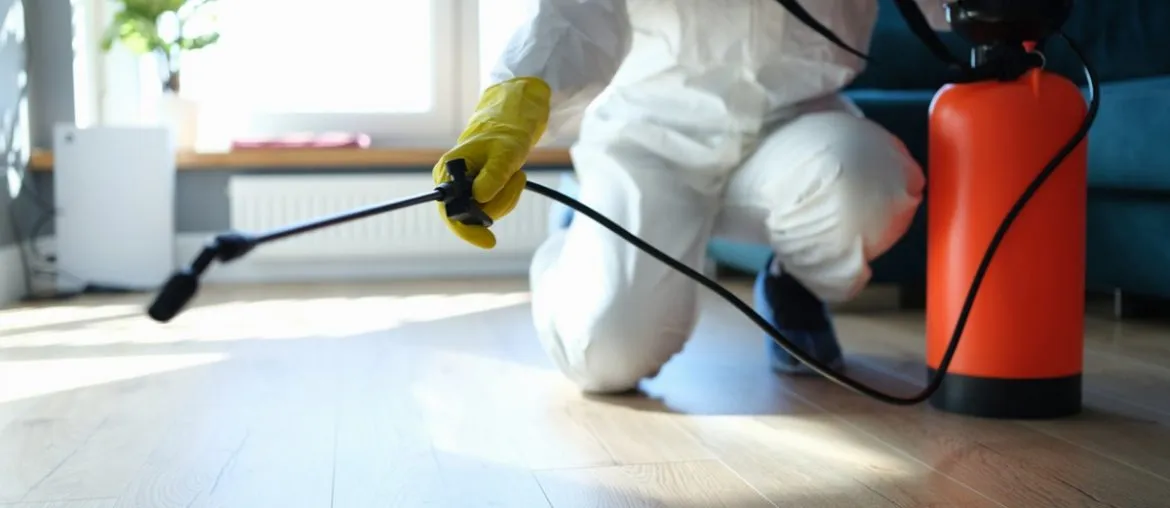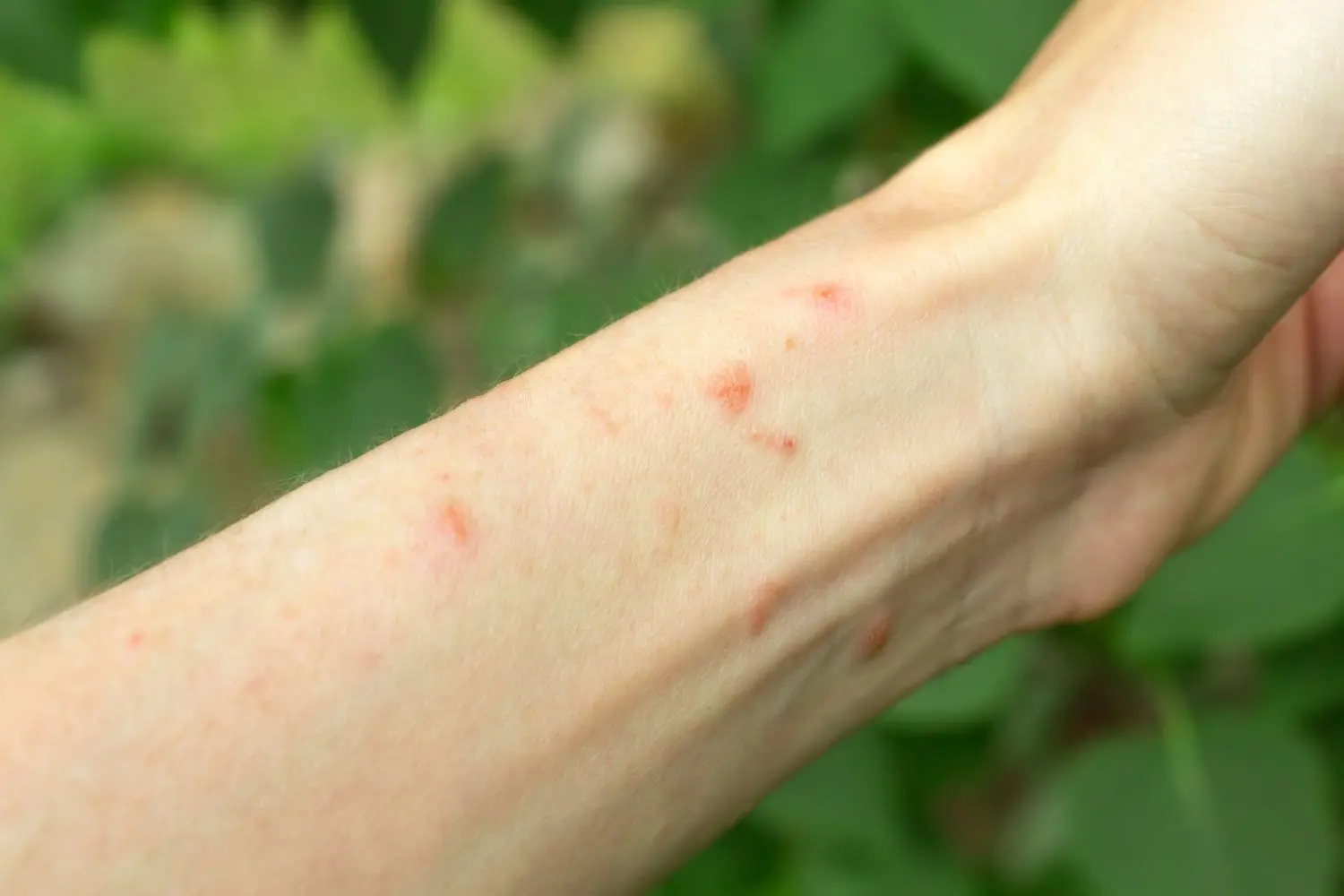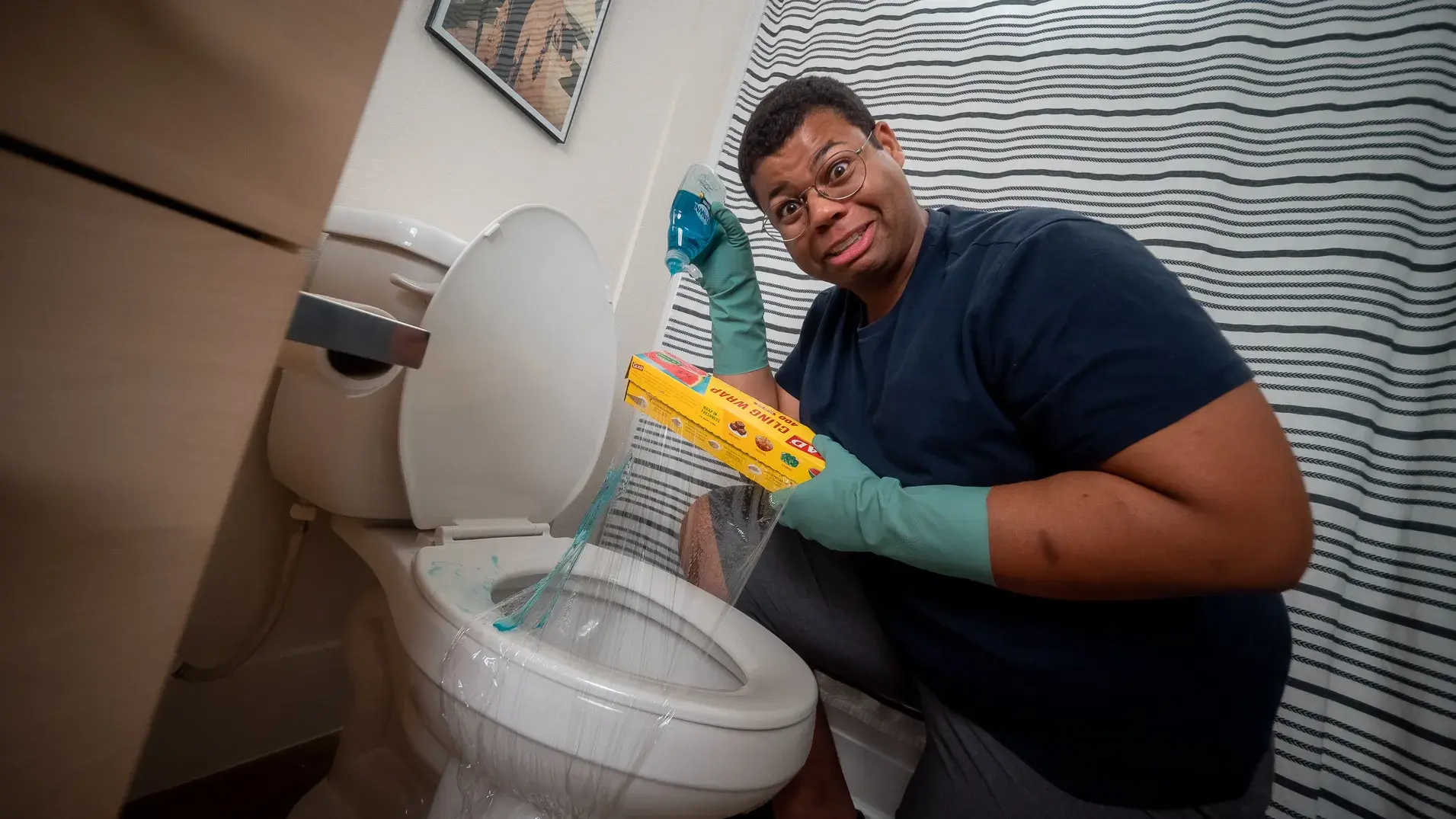Do-it-yourself pest control can be an effective way to control, manage, and prevent pests around your home. However, choosing the best do-it-yourself pest control method depends on the type of pest you’re dealing with and the extent of the infestation.
One of the most effective pest control methods is prevention, but some people always neglect it. Much of prevention comes as eliminating food sources. Normally, in some places, this is household cleaning and rules.
Pest control in Perth is so important because, if left untreated, infestations can harm your health and cause damage to your home.
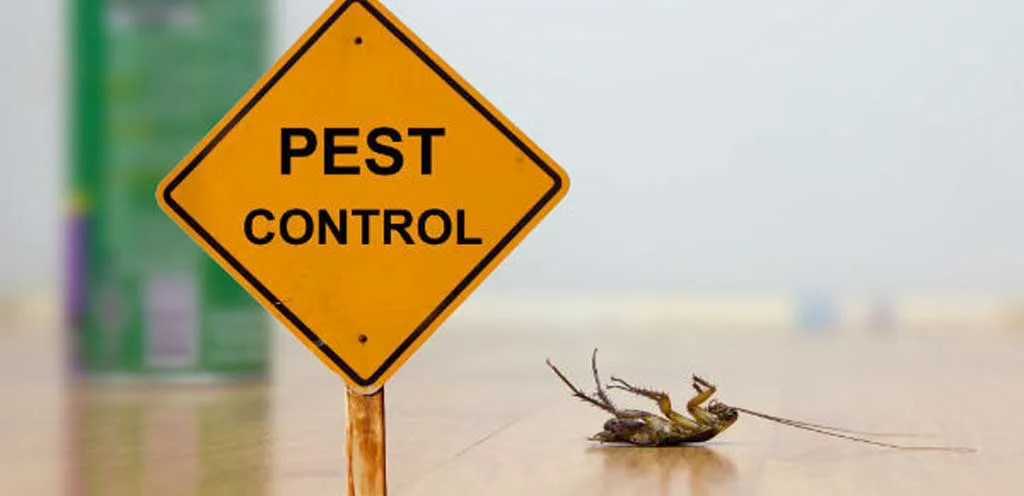
Using the best control strategy for your pest problem will reduce exposure to harmful chemicals and save time and money.
In this post, we are going to feed you with the best information you need to do your pest control.
Do-it-Yourself Pest Control for Home Owners
Whichever approach you choose, prevention is always the key to managing pests in the home. The following list contains our top DIY pest control suggestions:
1. Keep It Clean
This one should go without saying, but a clean home deters pests and makes them less desirable. Every day, wash your dishes and clear the sink of any leftover food. After every use, drain the used dishwater.
Every day, wipe down the surfaces and counters in the kitchen. Food and beverages should be kept in airtight glass or plastic containers. Include vacuuming, mopping, and sweeping in your daily schedule.
Empty garbage cans regularly and use ones with locking lids. Keep the weeds out and the grass mowed. Trees and shrubs should be pruned back so they don’t touch the house. Keep your drainage systems in good working order and remove any standing water.
2. Make Your Home Less Attractive
Three things are the main draws for pests into your home: food, water, and shelter. Pests won’t have a reason to enter your home if you can remove these three attractants.
As previously mentioned, maintain a clean home. Fix any leaking faucets and pipes in the house and outside as well. Water and food bowls for pets shouldn’t be left out overnight.
Get rid of all the clutter, old magazines, junk, etc. from your home. Attempt to replace cardboard boxes with plastic storage bins.
3. Do the Laundry
Certain pests, such as bedbugs and dust mites, will hide in your clothing, bedding, and other items.
Wash everything that comes into contact with you regularly, such as towels, sheets, blankets, and quilts (at least 3 to 4 times per month). Wash your pet’s bedding as frequently as possible to help get rid of and avoid fleas.
4. Use Plants as Natural Repellents
Some plants are well known to keep insects away. These offer an eco-friendly substitute for conventional chemical pest control techniques. Plant any of these types around your house to get rid of some common pests naturally.
- Spearmint
- Rosemary
- Basil
- Lavender
- Chrysanthemum
- Catnip
- Lemongrass
- Pitcher plants
- Venus flytrap
5. Identify Common Pests in Your Area
Since information is power, do some research to find out which pests are most prevalent in your area and what kind of harm or threat they pose.
Each location has different pests, and each one needs a different set of treatments. Correct identification is essential for appropriate care.
6. Leave the Good Ones Alone
Certain household pests, like termites and rodents, can seriously harm your property or pose a health risk to you, but others are quite helpful to have around, particularly if you have a garden.
Ladybugs are beneficial to gardens as they consume aphids. Green lacewings consume spider mites and aphids. Ground beetles eat caterpillars and slugs.
Bats consume mosquitoes and many other insect species, controlling their populations as long as they are outside and not inside your home. When used in place of chemical pesticides, these helpful pests make an excellent natural pesticide.
7. Use the Pros
Occasionally, an infestation may be too severe for do-it-yourself pest control techniques. It is best to contact a professional in these situations so they can correctly identify the pest you are dealing with.
They can also administer the necessary treatment, and give you ongoing preventative tips that you can use at home.
For a thorough assessment if you think you may have a pest problem, get in touch with your neighborhood pest control company.
Which Method of Pest Control is Most Effective?
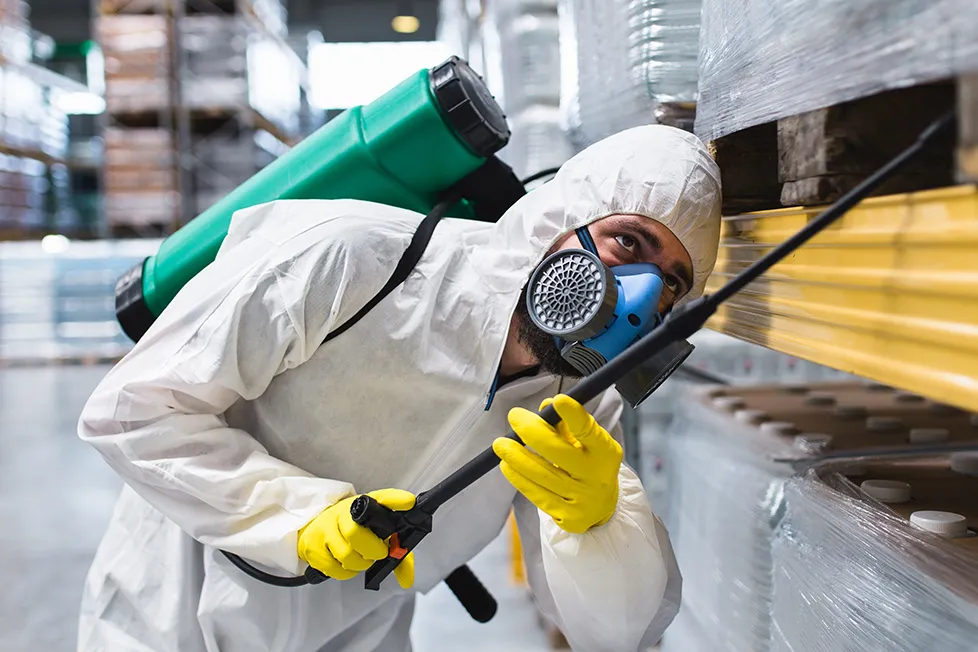
It may baffle you that prevention is the best way and by far the most effective pest control method. This is to ensure that you are taking action not to attract pests.
Prevention refers to the actions, measures, or strategies taken to avoid, reduce, or stop the occurrence of something undesirable, harmful, or unwanted.
It is a proactive approach aimed at reducing the risk of negative outcomes. Prevention is often considered more cost-effective and beneficial than dealing with the consequences.
What to Consider When Choosing the Best DIY Pest Control
Understanding the types of bugs that these services target, as well as the chemicals they use to eliminate them.
There are two important elements to consider when looking for a DIY indoor pest control service. Shoppers can learn more about these and other aspects in the following sections.
1. Types of Pests Treated
If a DIY pest control product isn’t effective against the pests invading one’s house or yard, it isn’t useful.
Customers looking for a do-it-yourself pest control service should first determine which pests are bothering the yard, and then they should look for a provider that offers treatments meant to get rid of those invaders.
Clients shouldn’t think any pest control solution would suffice for their home. For example, it’s advisable to look for specialist DIY garden pest control products rather than one’s intended for more general usage if a customer is primarily trying to handle grubs in the garden.
2. The Ingredients and Potential Risks
Customers can trust the products’ performance because many of the components in DIY pest control sprays from subscription services are the same as those used by professionals.
However, using natural pest control methods at home isn’t risk-free. Since the dose determines the toxicity of any chemical, it is usually preferable to talk about the risk rather than the safety of a particular pesticide.
When applied to a lawn, a product can be quite safe for people and animals but not for ingestion.
What are the Best Insecticides for Pest Control?

Since every home has a unique set of pest problems and severity levels, there are differences in the best insecticides for general home use.
Here are the broken-down top seven general-purpose insecticides you should use in your do-it-yourself pest control struggle:
Bifen IT (Bifenthrin)
- Kills: Over 75 different types of spiders, mosquitoes, cockroaches, ticks, fleas, pillbugs, chinch bugs, earwigs, millipedes, and termites
- Style: Focused
- Uses: Indoor and outdoor (gardens of fruits and vegetables excluded)
- Toxicity: After drying, people and pets are usually safe to handle (approximately 30–60 minutes). Harmful to non-target insects, bees, and aquatic habitats.
Suspend SC
- Kills: Wasps, insects, cockroaches, moths, lice, ants, beetles, fleas, gnats, midges, centipedes, millipedes, silverfish, bees, fleas, ticks, flies, cockroaches, moths, sowbugs, spiders, yellowjackets, and more
- Style: Focused
- Uses: Indoor and outdoor (except for vegetable and fruit gardens).
- Toxicity: After drying (approximately 30 minutes), persons and pets are usually safe to handle. Extremely harmful to bees, non-target insects, and aquatic environments.
Essentria IC3
- Kills include Wasps, Aphids, Ants, Bees, Millipedes, Silverfish, Fleas, Mites, Cockroaches, Crickets, Beetles, Firebrats, and more.
- Style: Focused
- Applications: Both indoors and outdoors
- Toxicity: Safe in the presence of loved ones, pets, and aquatic environments. But use caution; this chemical still has the potential to kill non-target insects like bees.
CimeXa
- Kills: Most crawling insects, as well as ants, cockroaches, firebrats, silverfish, spiders, mites, bed bugs, lice, fleas, ticks, beetles, and moths.
- Classification: Dust Applications: Mostly Interior (dry outbuildings may also be treated)
- Very low toxicity when used as prescribed; however, inhalation can irritate.
Notwithstanding, the effectiveness of these do-it-yourself pest control methods can vary depending on the type and severity of the infestation.
How Long Does Pest Control Treatment Take?
Contrary to popular belief, baiting around your house requires much less time. After you’ve done it once, you’ll rapidly question why you previously spent a lot of money on quarterly pest control service.
Every three months, you can spend about thirty minutes spraying a 1,900-square-foot home from beginning to end.
That’s a significant saving, given that many pest control companies charge you almost $100 every quarter. It’s well worth the few hours of effort it takes to bank almost $400 annually.
If your pest problem persists or worsens, it’s advisable to consult with a professional pest control service to address the issue more comprehensively.
Professional pest control experts have the knowledge and tools to deal with a wide range of pest problems effectively.
